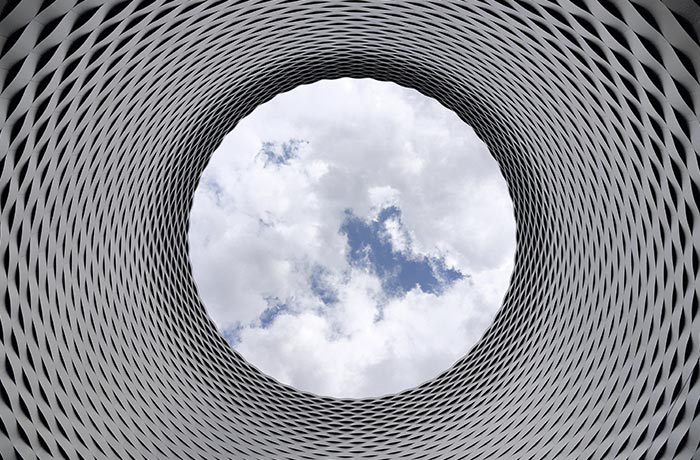REQUEST MORE INFORMATION
If you are interested in our combustion control systems, do not hesitate to contact us. Our team will advise you to improve the efficiency of your combustion processes.

ENERGY SAVINGS AND EFFICIENCY IN CERAMIC KILNS AND DRYERS
Continuous roller kilns and dryers used for the manufacture of tiles are one of the most important application markets for the OPTIMA® XA and BLUESKY® RH analyzers.

The variety and high added value of the products, the necessary controlled oxidation of the carbonates and the high energy consumption of these facilities, make continuous analysis of the combustion atmospheres in this type of furnaces essential.
The variation of O2% present in the gases will always be subject to the specific requirements of each product and format: temperature curves, arrangement of gas/air pressures in rings and burners, smoke aspiration fans, hot air, final cooling., etc.
Using the OPTIMA® XA System, the following results are obtained:

In a ceramic tile plant, the dryer is generally (with the permission of the atomizer) the second source of greatest energy consumption.
The results that can be obtained by regulating the different parameters of the dryer depending on the relative humidity, temperature and pressure of the combustion gases are immediate.
Each area of the dryer requires a different “drying atmosphere”, which requires exhaustive control of the recirculation and exhaust air through humidity and temperature in the entire burner area.
This control guarantees both the overall performance of the drying process and an adequate level of quality of the pieces by ensuring correct and progressive removal of moisture. Reduced humidity levels at the entrance of the dryer can cause unnecessary heat extraction, favoring excessive consumption and the appearance of cracks in the pieces.
In the same way, controlling the temperature at the exit of the dryer makes it possible to know and standardize the working conditions on each of the dryer floors.
Control of the drying atmosphere provides greater stability to the drying process and adequate removal of moisture from the pieces. By ensuring constant humidity in each area, the pieces do not suffer strong drying variations due to the existence of gaps in the drying room.

Using the BLUESKY® RH System, the following results are obtained:
Reduction of specific thermal consumption (>15%)
Reduction of electricity consumption (>35%)
Greater quality control (cracks, explosions, condensation at the entrance, etc.)
Characterization of humidity levels by format, type of product and glaze (glossy/matte).
Optimized regulation of humid air suction fans and recirculation motors.
Control of drying atmospheres in the dryer.
Homogeneity and uniformity of atmospheres in the face of gaps.
Reduction of CO2 and NOX emissions.
Reduction of the production cycle.
Control loop for regulating wet air suction motors and recirculation motors.
REQUEST MORE INFORMATION
If you are interested in our combustion control systems, do not hesitate to contact us. Our team will advise you to improve the efficiency of your combustion processes.


Central
C/ Yunque, 3 28918 Leganés, Madrid
(+34) 916 107 117
central@oxycomb.com
Levante
C/ María Rosa Molas 40 - 1ºB-5. 12004 Castellón
(+34) 964 237 063
levante@oxycomb.com

© 2024 Copyright Oxycomb Sistemas S.L.
Legal Notice | Privacy Policy | Cookies Policy | Accesibility notice | Web Design
